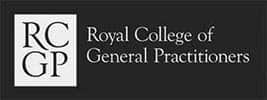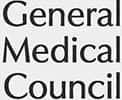
Laser skin resurfacing is a cosmetic treatment that has become extremely popular in the last few years, and it is considered to be one of the most advanced skin rejuvenation techniques available. The treatment which aims to reduce wrinkles, and other skin irregularities (such as scars, or spots) is a short treatment, sometimes received over a couple of sessions.
The laser skin resurfacing procedure can also sometimes be referred to as lasabrasion or a laser peel.
Laser skin resurfacing can help with the following skin concerns / conditions:
Scars from acne
Fine lines
Wrinkles
Crow’s feet
Age spots
Sagging skin
Uneven skin tone
Enlarged oil glands
Warts
During a skin resurfacing treatment, your dermatologist will direct short, concentrated beams of light at the problem areas of skin – which is done with precision and skill to remove the top surfaces of the skin. As well as resurfacing the outer layers of your skin, the treatment also heats the lower layers of your skin (in the dermis) – which actually promotes collagen production. This collagen production helps give skin a new firmer, younger and softer texture.
Immediately after your treatment, and in the first few days following, you might experience some of the following side effects – and your consultant should have discussed these risks with you before giving you the treatment. However, if you follow your consultants before and after care suggestions, you will hopefully avoid any prolonged symptoms.
Burning sensation
Small bumps
Rash on the treated areas
Swelling
Hyperpigmentation
Redness
Straight after your appointment you’ll likely feel a little sore, tender and your skin may be tender to touch. Your skin might feel a little like it has sunburn, and for the first few days this is completely normal.
Most consultants will recommend that you take a few days off work following your treatment, as your skin will still be very sensitive, and may also be red or sore. After 2-4 days, your skin should start returning back to normal.
Healing, for most people, usually takes between 3 – 10 days. Of course this depends on the patient and their skin type – so it does vary. Generally, the larger the treatment area, the longer the recovery time is likely to be. Some people choose to take a week off work, so that they can be at home during the full recovery time – but this isn’t necessary or compulsory.







